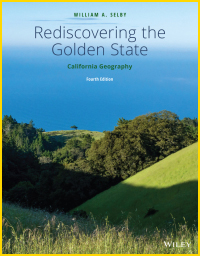
California’s Central Valley is one of the largest geographic provinces in the state. It stretches some 400 miles from north to south and is more than 60 miles wide in places. The more than 18,000 square miles that make up the Great Central Valley are home to some of the most valuable and productive farmland in the world.


